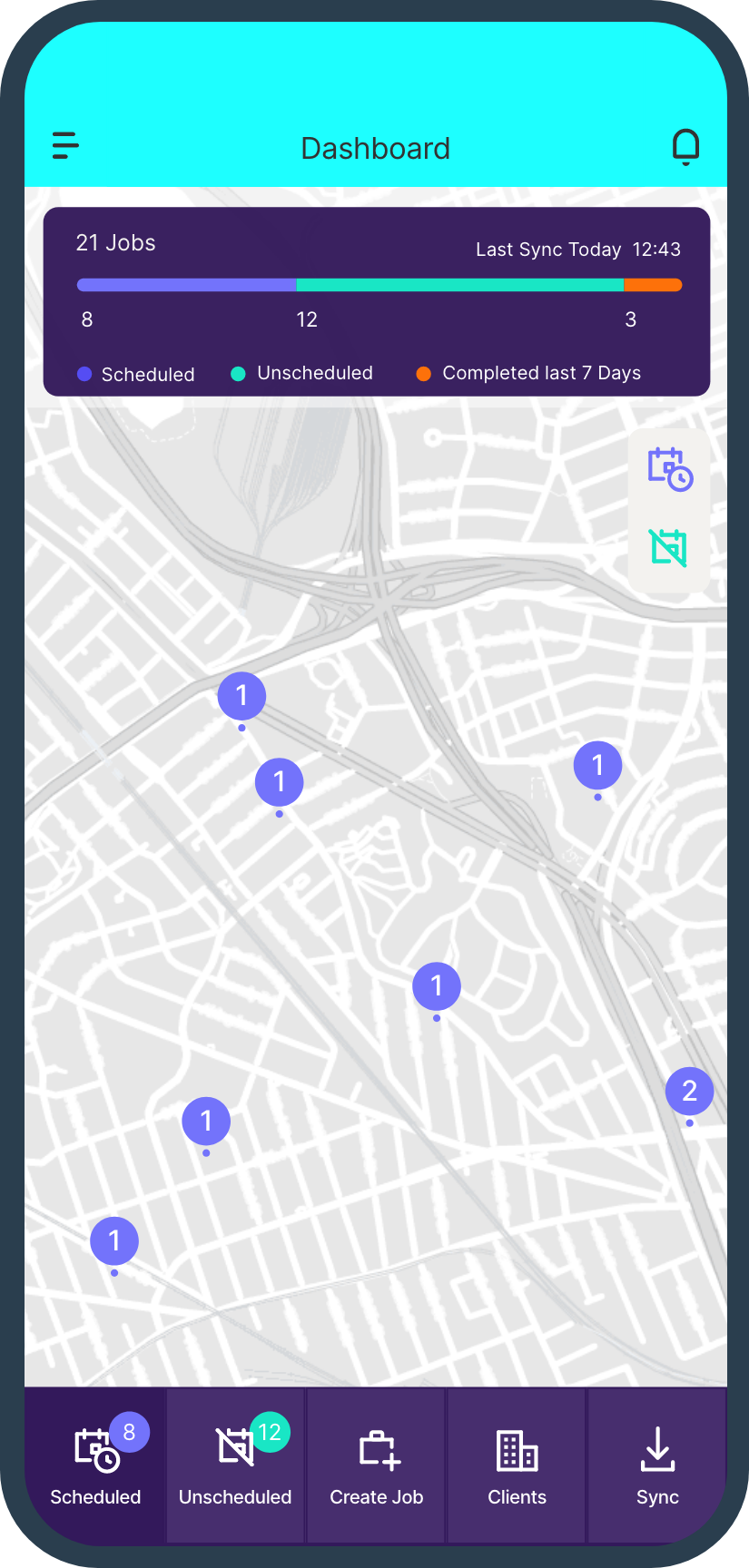For field service businesses, maintaining precise profit and loss records for every job is essential. Achieving this accuracy hinges on adopting a robust job order costing system. But before diving into the specifics, let’s revisit the basics: What is job costing?
Job costing involves meticulously tracking all the expenses linked to a project, encompassing materials, labor, contractors, equipment, and overhead costs. While job costing methods may vary between companies due to diverse customer needs and industry standards, precise monitoring of job-related expenses is universally critical for field service enterprises. Inaccurate job costing can lead to underestimations and financial setbacks.

What Is a Job Order Costing System?
To streamline job costing, embracing cloud-based software is highly effective. Field service management software can significantly enhance job costing accuracy by providing real-time updates on project profitability at various stages. It organizes financial data in an easily understandable format, connecting seamlessly with other aspects of job management.
For instance, using a job order costing system, you can promptly view the cumulative costs of a job by adding relevant materials and labor. Furthermore, this information remains accessible to other departments, eliminating the need for additional communication through calls or emails. Additionally, field staff can promptly update job details on-site, transmitting the data back to the office effortlessly.
The Benefits of Implementing a Job Order Costing System
Implementing a job order costing system comes with a multitude of advantages, simplifying several aspects of field service business management. Here are some key benefits:
- Increased Accuracy: Eliminate the need for arduous calculations. A job order costing system automates much of the work, minimizing the risk of human errors. As long as you accurately input material and labor costs for each specific job, the system provides a precise projection of your business expenses related to that specific work. Manual processes are more prone to inaccuracies.
- Adaptability: In field service, jobs can change mid-project, often due to customer requests, additional materials, or unforeseen delays. Rummaging through paperwork to recalculate costs is time-consuming and inefficient. A job order costing system allows you to make amendments at any project stage, saving both administrative time and money.
- Employee Performance Tracking: Field service staff vary in skills and work pace. Monitoring individual performance is crucial to ensure the right personnel are assigned to each job. A job order costing system lets you assess individual performance by tracking the time taken for tasks. You can also keep tabs on staff training and certifications.
Eight Job Costing Tips for Field Service Businesses
To optimize job costing using a single software system, consider the following tips:
- Create a Cost Categorization System: Establish a clear method for organizing costs. Ensure your team understands which costs are billable and non-billable. Create cost centers to categorize expenses, fostering consistency and clarity.
- Track Change Orders: Record any additional work requests from customers outside the original job scope. Even seemingly minor changes accumulate and impact the overall job cost. A centralized record simplifies the addition of these extra costs.
- Consistent Reports: Schedule regular reports on work in progress and cost-to-complete to keep real-time tabs on expenses. These reports provide crucial information, including billed amounts, net margins, forecasted costs, and more.
- Real-time Labor Recording: Use a mobile app-integrated job order costing system to enable field staff to update work hours in real time. This ensures accurate tracking and facilitates prompt review and cost updates.
- Streamline Estimating: Create a comprehensive estimating library with accurate catalogs and vendor pricing. Develop prebuilds and take-off templates to establish base rates. Track estimated, revised, and actual costs for job pricing refinement.
- Eliminate Double Data Entry: Choose a software system that connects estimates, job costing, and invoicing to prevent the duplication of data entry efforts, saving both time and reducing errors.
- Monitor Progress Invoices: Issue invoices at set project milestones to optimize cash flow and cost tracking. Carefully monitor these progress invoices and associated payments to maintain accurate project costing.
- Record Every Cost: Capture every cost element related to a project, including equipment rental, maintenance, charge-outs, contingencies, disbursements, allowances, and overhead allocations. Each contributes to the final job cost.
In summary, job order costing systems streamline financial control for field service businesses, enhancing accuracy and efficiency across the board. While implementing consistent processes may take time, the investment ultimately pays off. A well-implemented job order costing system serves as a valuable tool in achieving these tips effectively.


